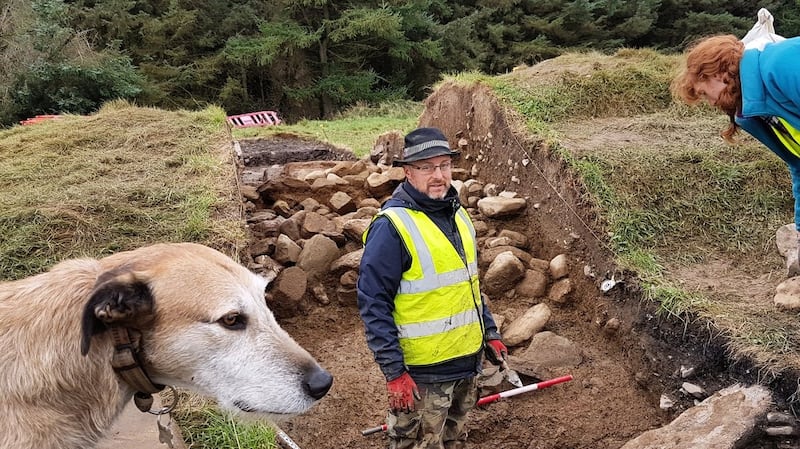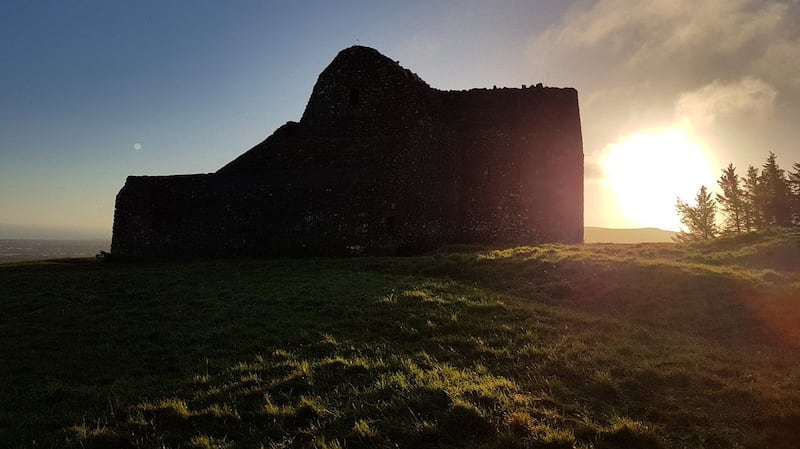An archaeological excavation at the Hellfire Club - the popular Dublin viewing spot on Montpelier Hill in the Dublin mountains - has uncovered what is believed to be an ancient passage tomb.
Archaeologists working at the site near Tallaght in South County Dublin believe the large tomb discovered beneath the remains of the former lodge was once a large passage tomb similar to the tomb at Newgrange.
It is believed the passage tomb, which was destroyed by workmen building the Hellfire Club shooting lodge in 1725, would have once been a large circular mound with a stone line passageway that led to a burial chamber. This type of tomb generally dates to around 5,000 years ago during the Neolithic period.


Archaeologists taking part in the dig believe the tomb is part of an extended cemetery of tombs that top a number of mountains in south Dublin and Wicklow.
The shooting lodge was built in the 18th century for politician William Connolly. However, the destruction of the tomb during the building’s construction is said to mark the beginning of the lodge’s association with the supernatural. Legend has it that the devil was so angered by the tomb’s destruction that he blew off the original wooden roof of the new building. Mr Connolly responded by reconstructing the roof in stone.
Mr Connolly never lived in his lodge as he died a few years after its construction. His widow, Katherine, leased the building to Richard Parsons, the Earl of Rossee and one of the leading figures in what was known as "Dublin's Hellfire Club", "The Blasters" or the "Young Bucks of Dublin" - a group of aristocrats described by Jonathan Swift as "a brace of Monsters, Blasphemers and Bacchanalians".
The project, which is supported by South Dublin County Council and Coillte, is being carried out by Neil Jackman from Abarta Heritage with the help of volunteers from the UCD School of Archaeology.
The team hope to discover the eighteenth century workmen did not destroy the lower levels of the tomb and that archaeologists might find some of the original features intact.
The project also hopes to find bone or charcoal which will allow archaeologists to use a radiocarbon date to ascertain the age of the tomb.
Archaeologists at the site are working by hand, using spades, shovels, mattocks and trowels in the dig. The team have already found flint from people making stone tools over 5,000 years ago, along with charcoal and some tiny fragments of burnt bone.
The excavation will be carried out throughout October and members of the public are invited to visit the site and watch the project’s progression.











